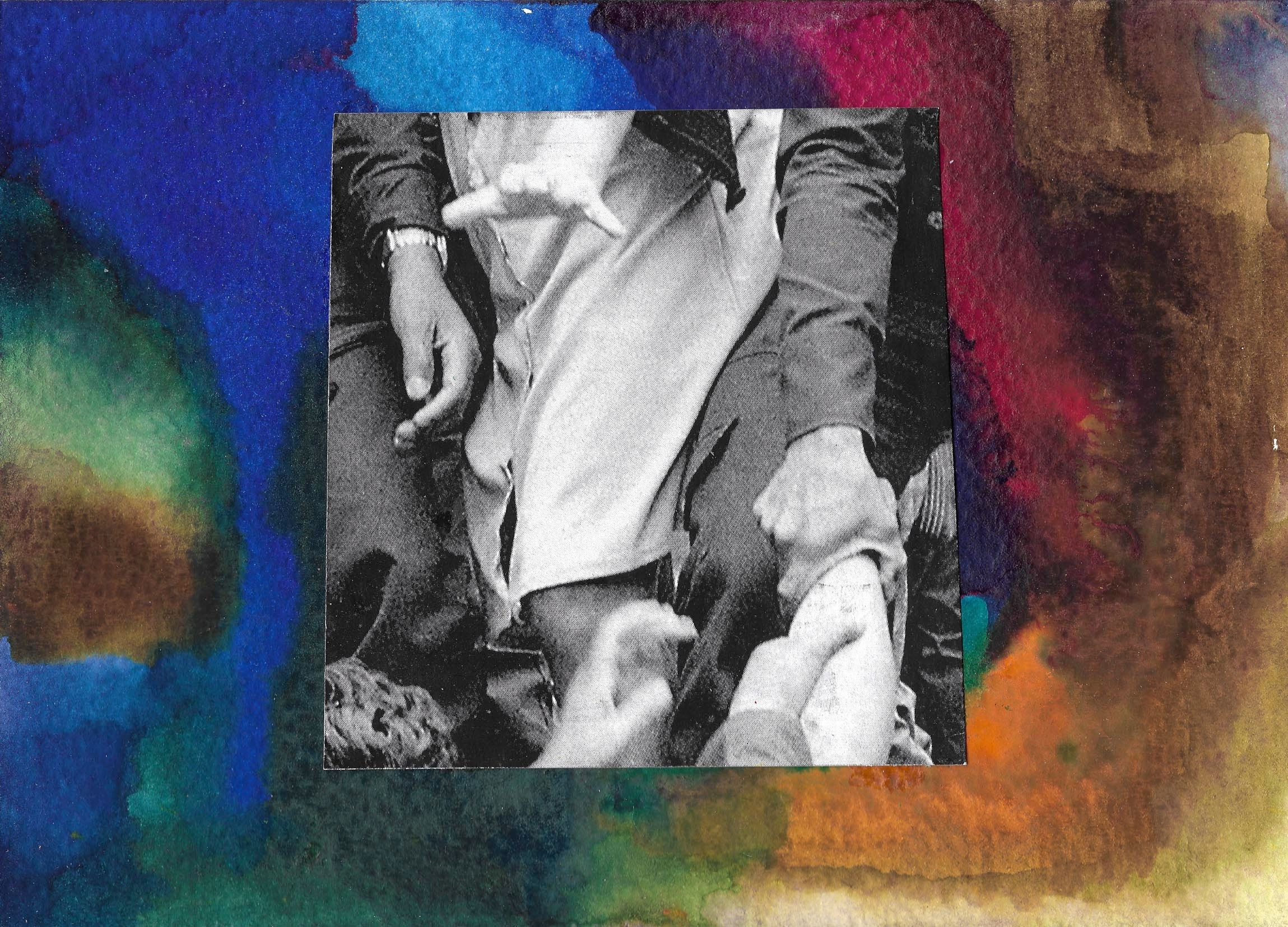Dialectics of Departure
May 31, 2024
Dialectics of Departure - Medieval Berlin Edition
May 31st by Sopheinsaele

Dialectics of Departure
April 27, 2024
You can now get tickets to the second iteration of Dialectics of Departure on April 27th and 28th 2024.

The Omer Count
April 22, 2024
Please join us for The Omer Count - a series of seven performances and events in Berlin beginning on April 22nd and ending on June 8th produced by Ashbel & Friends.

Good Morning, Beautiful
April 18, 2024
My new book Good Morning, Beautiful, by Drucken3000 will be available at the signs and symbols or directly out of my studio in Berlin :) Edition of 50, A3, risograph, 52 pages.

Solo Show at Signs and Symbols
April 18, 2024
My show at signs and symbols opens April 18th, 2024 in New York City.
“I’m not a philosopher, but some of my best friends are. Sometimes they like to talk about what exists, and in what way. If a bowl exists, does the empty space inside it exist too? If the space isn’t an existing thing, what makes the bowl, which is defined by this space, what it is? Empty spaces are interesting subjects in that way. They’re absences that are never really quite absent. They are unheimlich—uncanny. They can be haunting.
Is a haunting a real thing? Or is it just another absence, a hole in reality? Rachel Libeskind seems to be haunted by a certain absence or emptiness, and so is her work. That absence has a name—well, many names: DDR, for Deutsche Demokratische Republik; GDR, for German Democratic Republic; or just East Germany: the “workers’ and peasants’ state” under the wing of the Soviet Union, which disappeared on October 3, 1990.
Libeskind never knew that other Germany, but as she was growing up in Berlin, resonances of the east exerted a fascination; she marveled, she told me, at its “differences, layers, similarities and repressions.” The twenty-six pieces in this show, Good Morning, Beautiful!, share the seductive disquiet provoked by that fascination. Their source is a magazine called Fotokino, a monthly publication in which amateur East German photographers could publish their work alongside that of professionals. At least for those of us who know little about life in the DDR, these works are likely to be surprising: We tend to think of the East German state as being repressive and puritanical, so what are to make of the tender eroticism of the imagery Libeskind has unearthed from this unlikely archive?
For Libeskind, the recurrence of the unclothed female body in these images is rooted in the nudism promoted by the nineteenth-century Romantic Lebensreform (life reform) movement in favor of a healthier and more natural way of life. (As someone who has experienced a clothing-optional health resort in Brandenburg, east of Berlin, I can attest that echoes of this movement are still with us today.) The nudity in these images is innocent and, I might say, uncommodified. Even after the society in which it thrived disappeared, it still has something to tell us.
In making Good Morning, Beautiful!, Libeskind has entered into a kind of retrospective collaboration with an array of photographers (and their models), all of them unknown to us. Were their efforts secretly waiting for someone like Libeskind to usher them into the realm of art? I doubt it. Art, as much as nudity, was a different thing in the socialist republic than it is for us in the realm of capital. Out of what was already art, Libeskind makes a different kind of art, literally colored by a different point of view, but one that reminds us of possibilities that have been, for now, foreclosed.”
—Barry Schwabsky
∞
January 1, 2024

∞
January 1, 2024

∞
January 1, 2024
